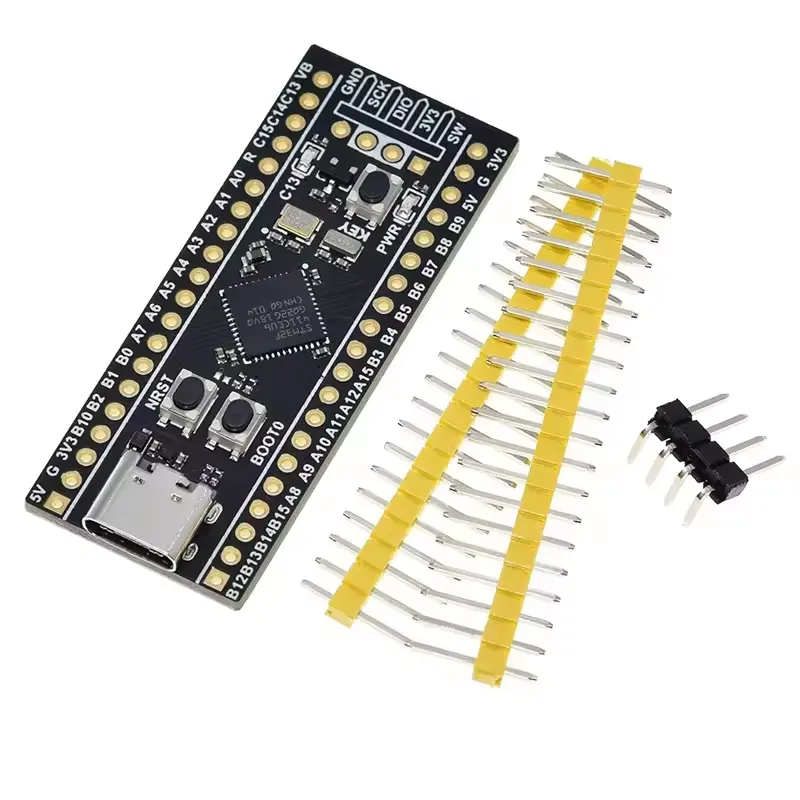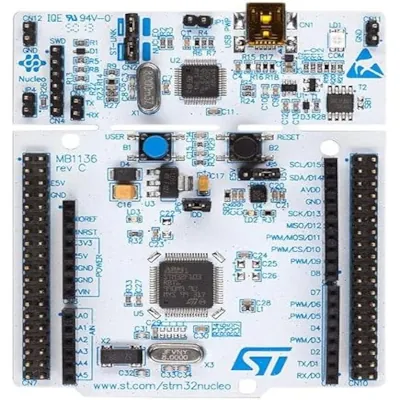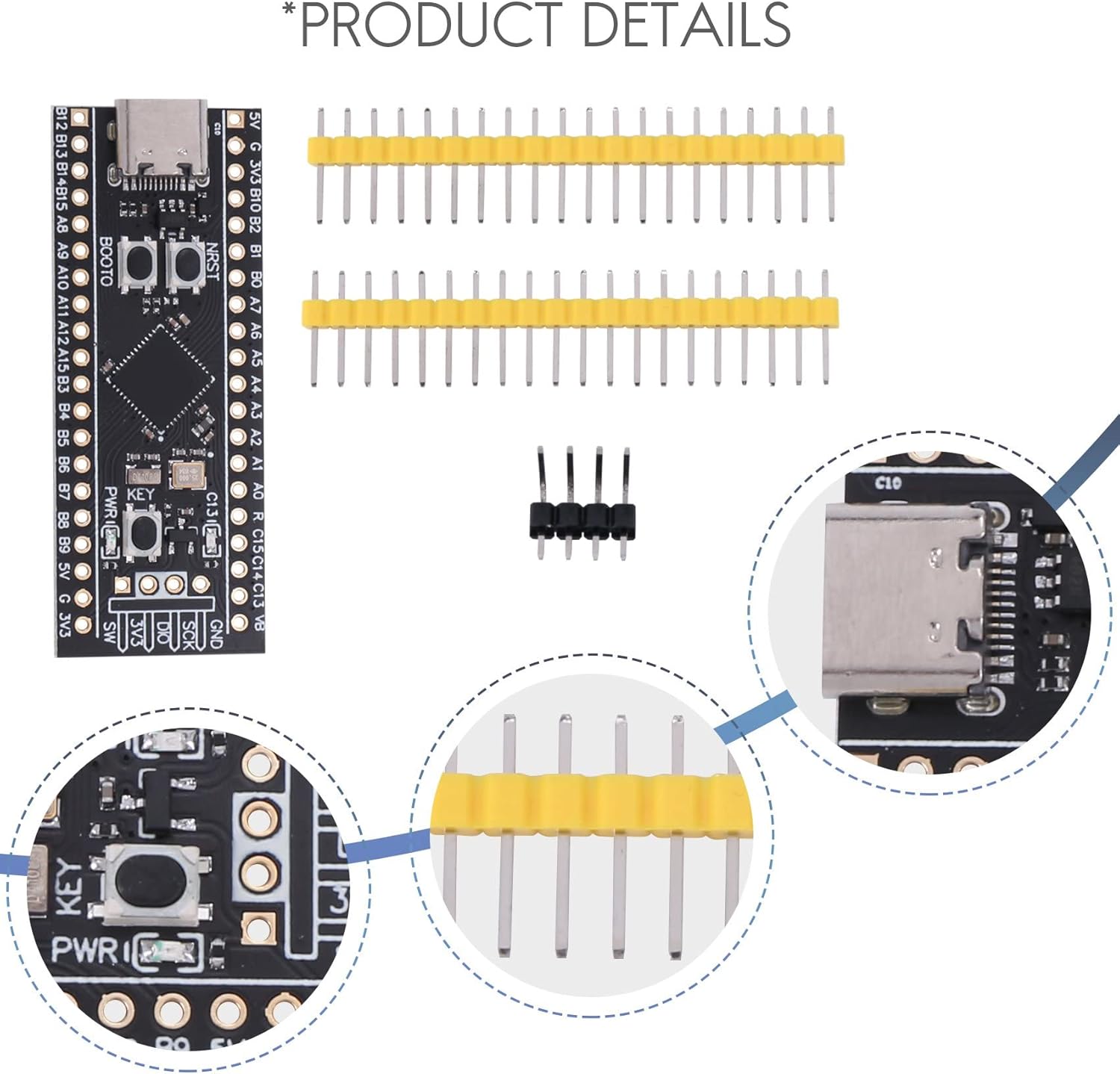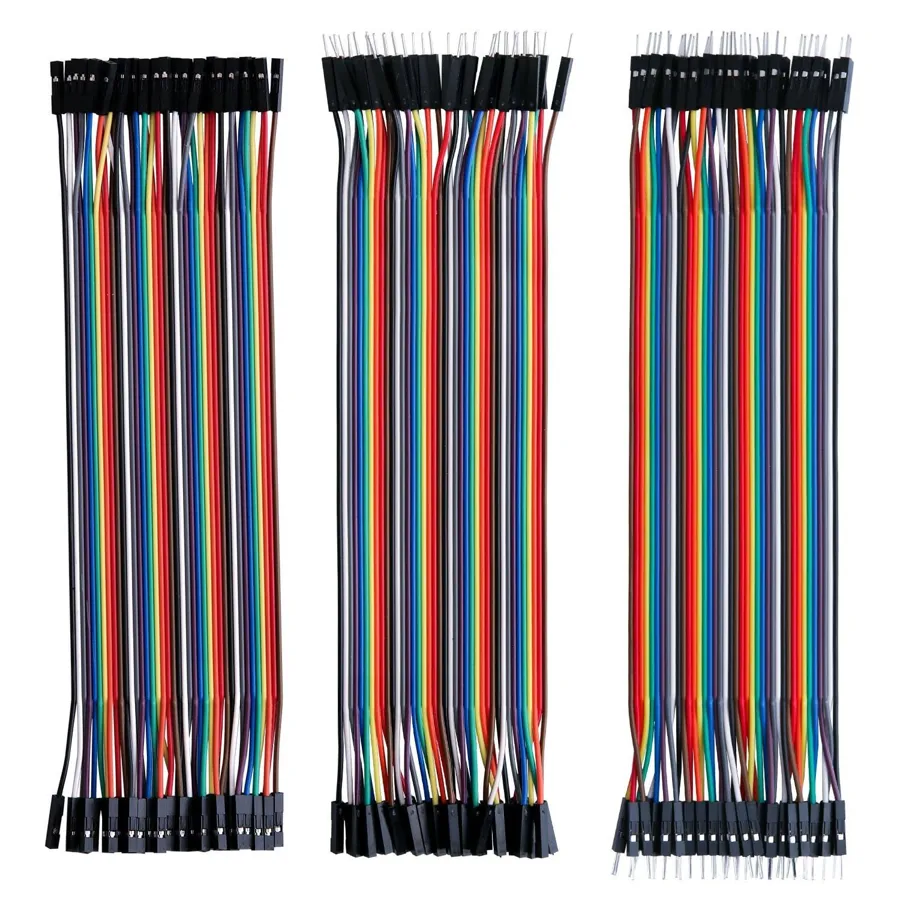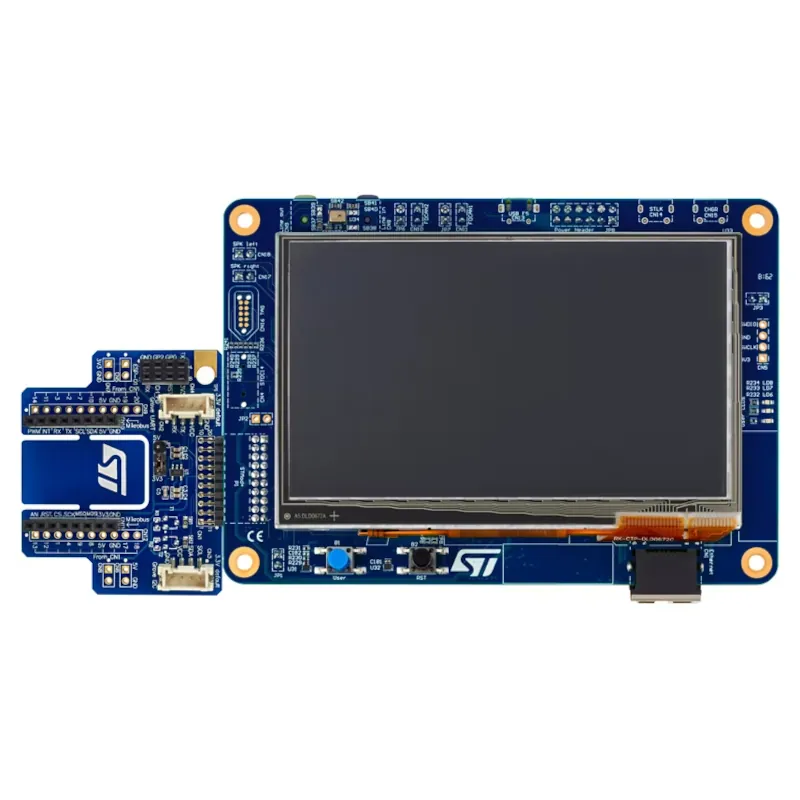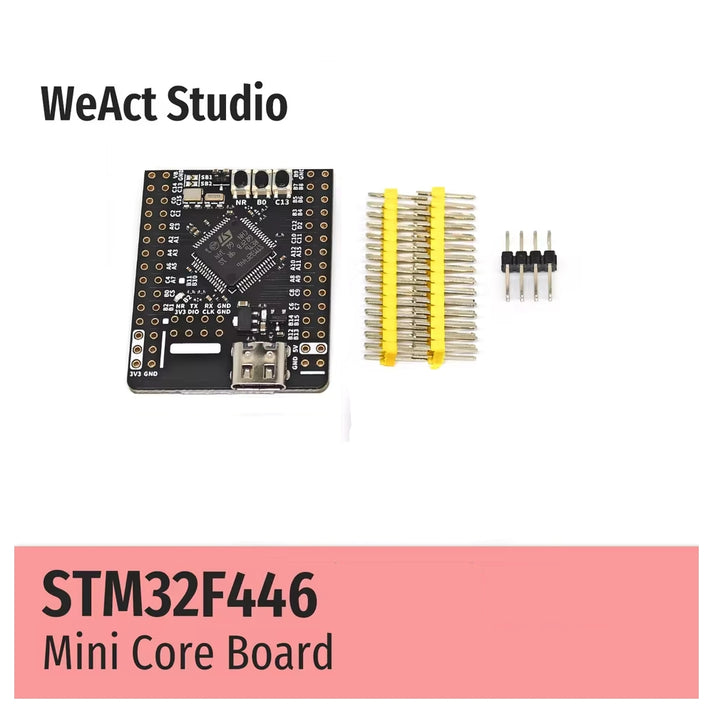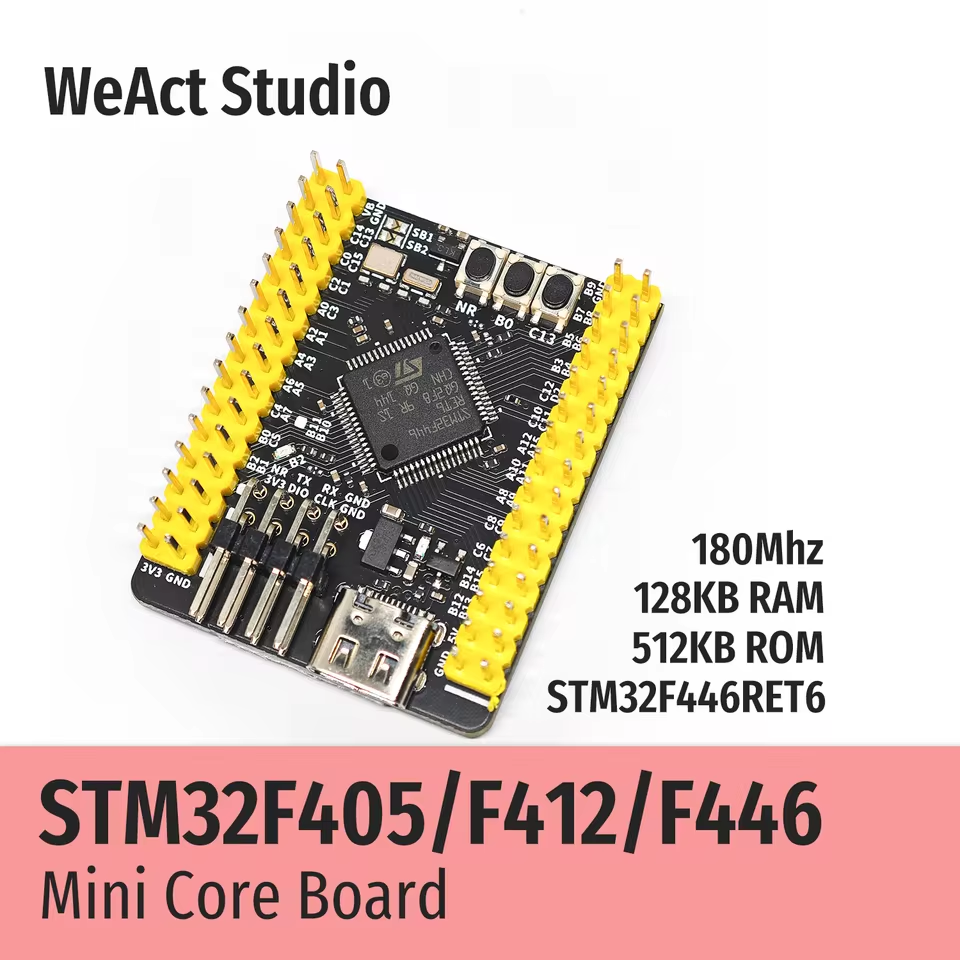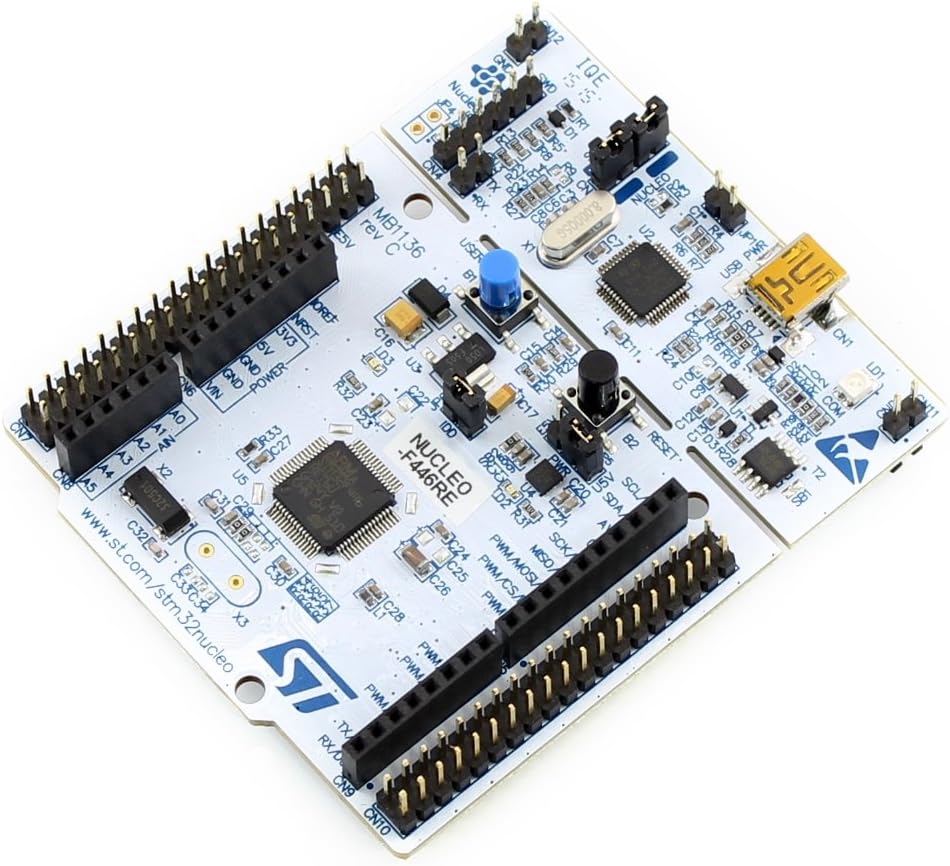ST-Link V2 Programmer
The ST-Link V2 is a popular in-circuit debugger and programmer for STM8 and STM32 microcontrollers. It provides a reliable way to load code onto your board, debug applications, and even update firmware. Compact in size and easy to use, it’s an essential tool for anyone working with STM32.
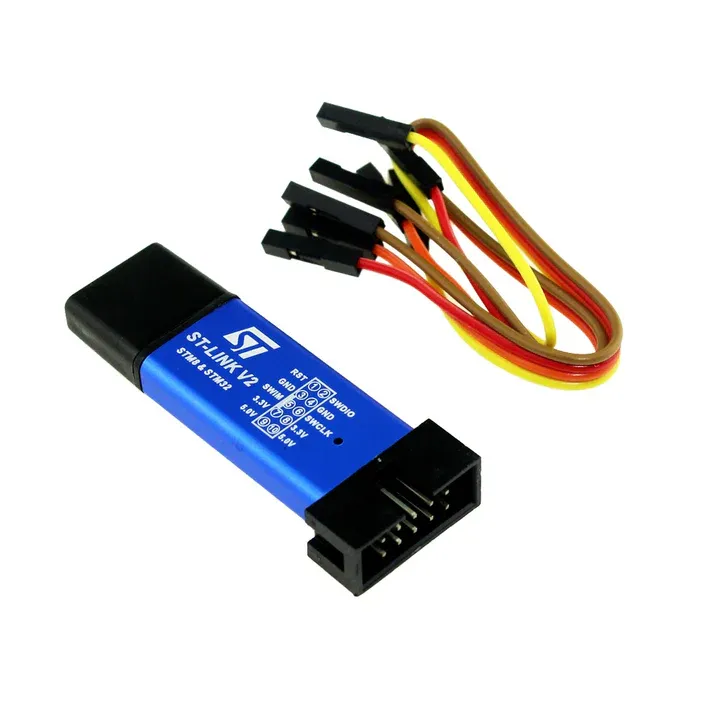
Key Points
- Supports STM8 and STM32 microcontrollers
- Provides SWD (Serial Wire Debug) and JTAG interfaces
- Works with tools like Keil, IAR, and STM32CubeIDE
- USB-powered, plug-and-play design
- Affordable and widely available
Applications
- Flashing and debugging STM32/STM8 programs
- Real-time code debugging and breakpoints
- Firmware development and testing
- Learning and prototyping with STM32 boards
Explore Our Recommended Products
Below are some of the carefully selected products that we highly recommend. These are affiliate links, which means if you make a purchase, we earn a small commission at no extra cost to you. Your support helps us continue providing valuable content!
Check Out the Products Below
AITRIP ST-Link V2 Emulator Downloader Programmer STM32F103C8T6 STM8 STM32 with Cable
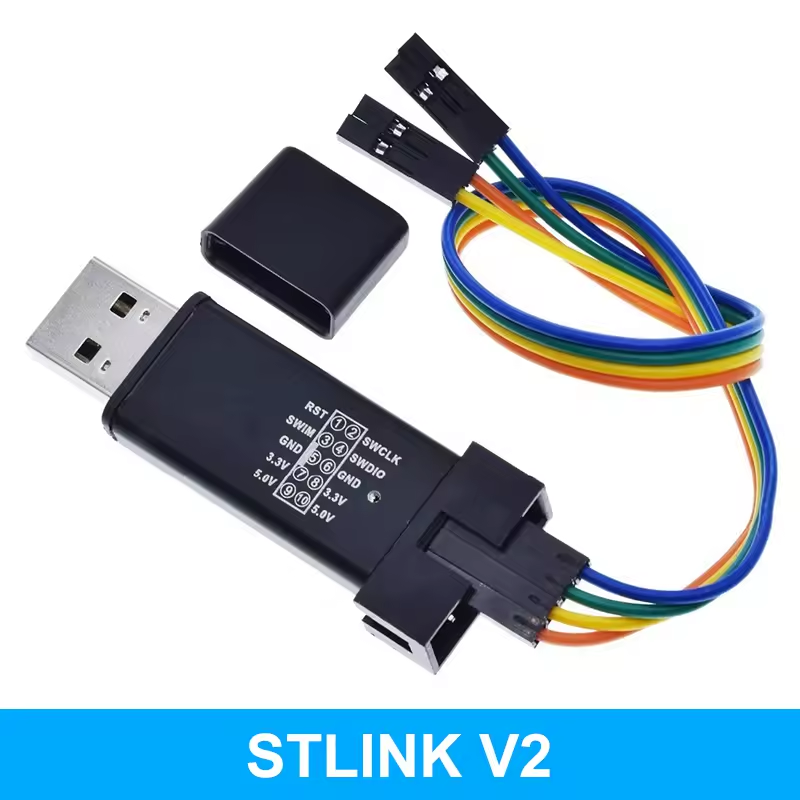
DIYTZT ST-LINK V2 Simulator Download Programmer STM32F103C8T6 ARM STM8 STM32 with Cable

Hailege STM32F103C8T6 STM8 STM32 ST-Link V2 Emulator Downloader Programmer with Dupont Wires
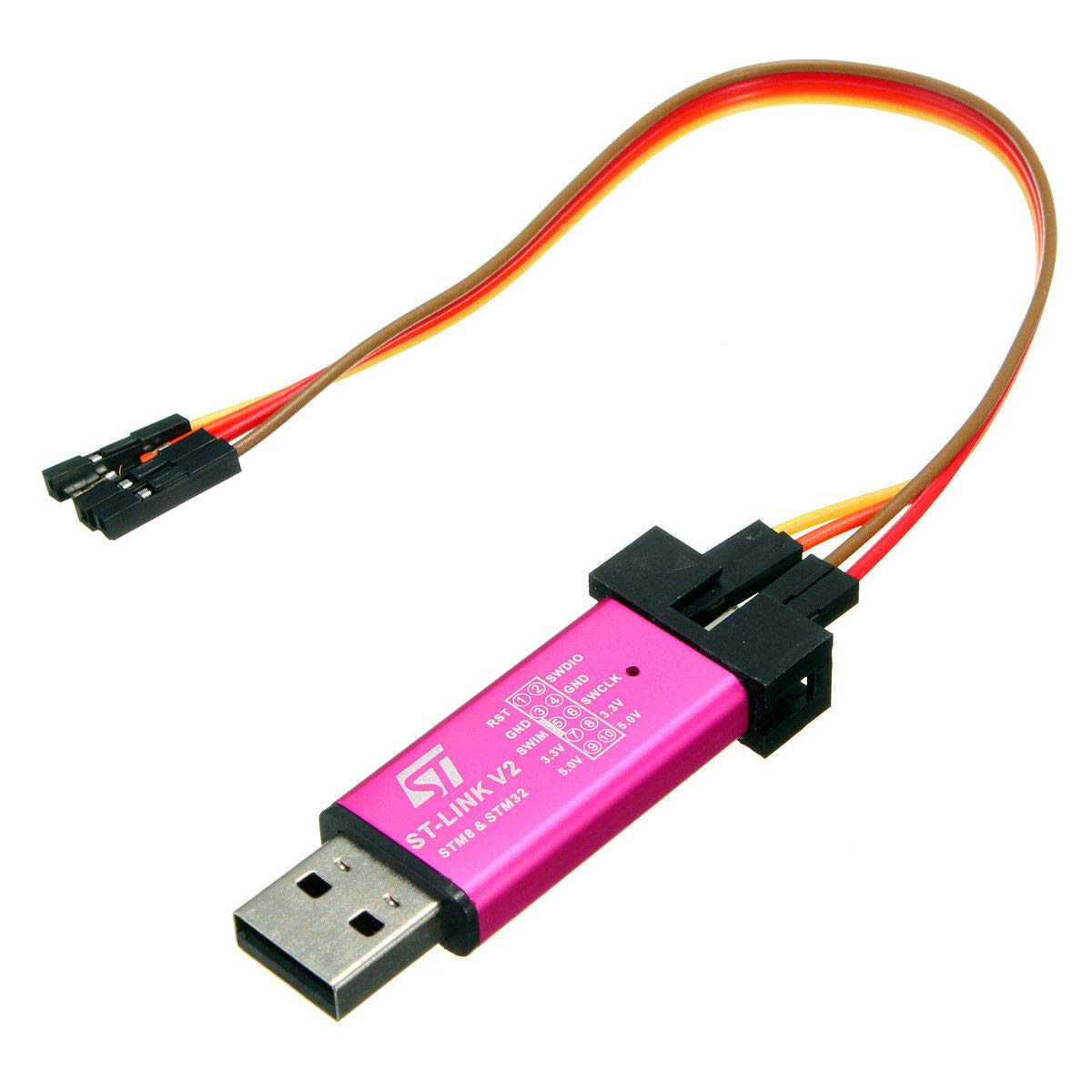
The ST-Link V2 is mainly used to program STM32 and STM8 microcontrollers through SWD or JTAG. It allows developers to easily flash firmware onto their boards. With real-time debugging support, you can set breakpoints and step through code for error analysis. It works seamlessly with popular IDEs like Keil, IAR, and STM32CubeIDE. This makes it a reliable tool for testing, prototyping, and learning STM32 development.
